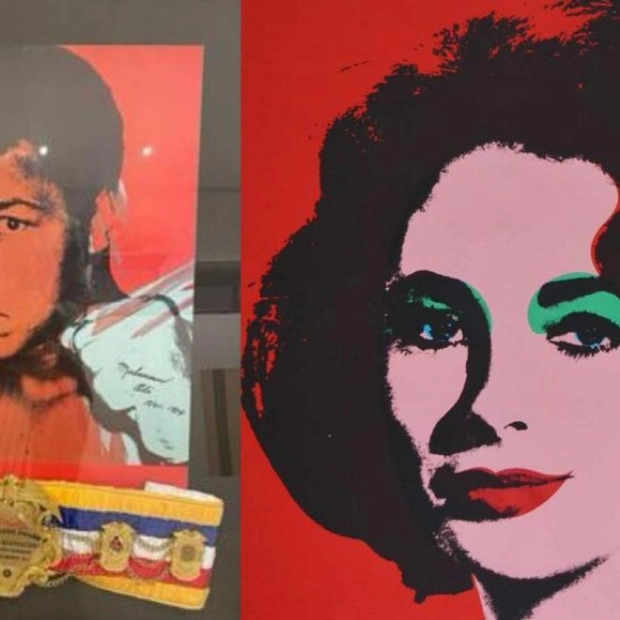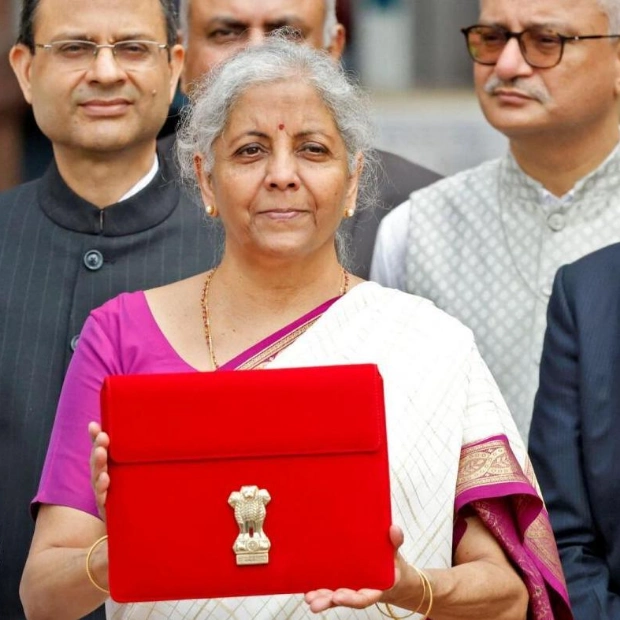It is challenging to categorize Vandana Sudhir's art into specific genres. Is it realistic or abstract? Based in Abu Dhabi, Sudhir explores various artistic styles, yet her core theme celebrates human experiences, from pain to joy. As a sustainability advocate, her works for COP28 blend themes of sustainability and tolerance, central to UAE's policies. In an interview with Khaleej Times, Sudhir, who studied child development and psychology, discusses her artistic process and the concept of impermanence in her work.
What initially attracted you to art? For me, it was a series of experiences. I remember being fascinated by a book of abstract art at four, captivated by the colors and shapes. At five, during an art competition at school, I depicted a rainy day with gray and smudgy details. Despite my young age and simple depiction, I won second place, which sparked my belief that art is about imagination and ideas, not just vivid images.
Your art encompasses various styles. How do you manage this diversity? I avoid limiting myself to one style, which allows me freedom to express a range of emotions. I often choose new styles or mediums to avoid monotony. Inspiration can come from anywhere, like a Danish furniture design or a decaying leaf on the ground. For instance, 'Timeless Essence' was inspired by a resting man, while 'Friends' uses an abstract style to avoid clichéd representations.
How do your studies in psychology and child development influence your art? Art is a medium of expression, and psychology helps understand human thoughts and feelings, enhancing my portrayal of subjects with humanity. My background in child development and psychology also influenced my teaching career, where I observed diverse human behaviors, deepening my empathy and choice of character portrayals.
Your work often features female forms. Why is this important? I aim to reflect the inspiring qualities of contemporary women who are strong and resilient. My International Women’s Day artworks depict women as powerful and courageous, focusing on their emotional journeys rather than physical appearances.
You advocate for sustainability. Why is this important to you? Growing up in India, I was aware of societal gaps and the importance of conscious consumption. Overconsumption is distressing. I believe careful use of resources can sustain us all, not just materially but also culturally and artistically. My art often incorporates sustainable practices, like using recycled materials, reflecting my commitment to this cause.
How does impermanence influence your art? As someone who frequently moves, impermanence is a constant in my life. It allows me to reinvent myself and adapt to new environments, influencing my artistic themes and styles. My art reflects the diversity of cultures I've experienced, celebrating resilience and the shared narratives of communities.
Your COP28 and Tolerance and Sustainability artworks are inspired by UAE's values. How did you conceptualize these? Inspired by UAE's innovative spirit and commitment to sustainability, I wanted to honor its visionary leadership and the harmonious coexistence it fosters. The artworks depict mangroves as a metaphor for peaceful coexistence and the Mother of the Nation nurturing a sustainable future, using sustainable materials in the process.






